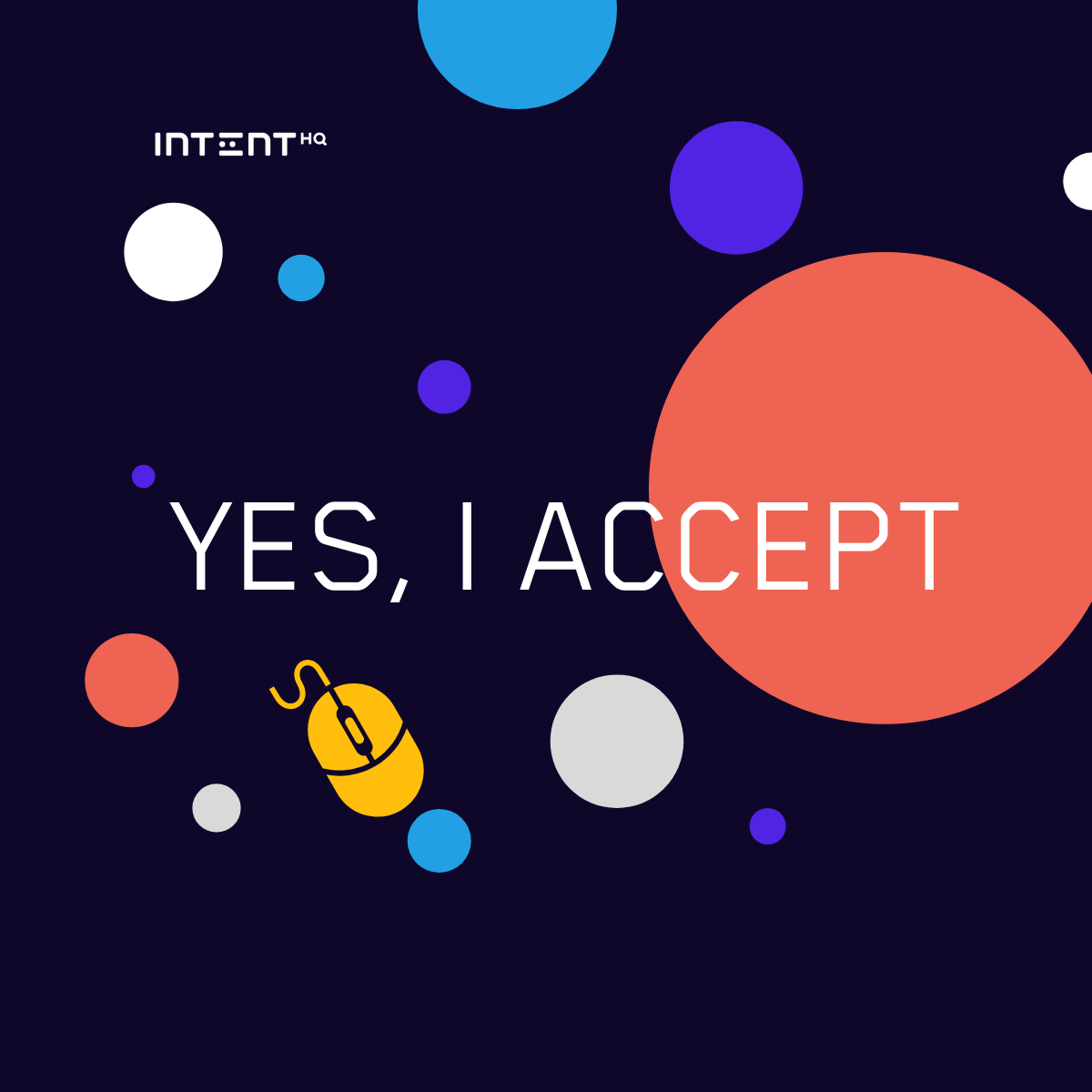
How dead is 3rd-Party Data?
It was expected to die. Instead, it continues to grow.
Despite the rise of GDPR and other privacy regulations, marketing demand for third-party data has continued to drive billions of dollars of double-digit growth.

Retaining loyal customers needs to be a top priority for any communication service provider (CSP). Churn rates in the industry remain high – at around 22 percent a year – and seeing as it costs up to four times more to acquire new customers than retain existing ones, anything you can do to boost the customer experience (CX) and engender loyalty is highly valuable.
It’s not just about retaining customers either. Customers that are loyal to a brand also offer better opportunities for upselling and cross-selling opportunities. Indeed, research by Fundera suggests 43 percent of consumers will increase their spending with brands they are loyal to.
It’s clear that an effective customer loyalty scheme can be a huge asset for a CSP. Yet at present, many such programs suffer from a lack of engagement from brands. This can leave consumers feeling disconnected from the provider and more likely to look for other options at the end of their contract.
A good customer loyalty scheme needs to do several things. It must show that the brand cares about the individual, offer generous benefits and show the CSP’s gratitude to its customers. Yet in many schemes, the benefits available don’t match the expectations of users, coming across as generic or unrelated to their specific interests or needs. As a result, they feel more like a box-checking exercise than a genuine attempt to engage with customers.
A lack of differentiation is another key customer loyalty challenge. An analysis by Kantar, for example, found that when it comes to CX, consumers “find little meaningful difference between the main providers”, instead viewing them as utilities. A strong CX proposition with a loyalty scheme at the heart has great potential to make firms stand out from their competitors.
The result of these issues is they simply aren’t used by customers. Indeed, according to Mintel, even though 90 percent of US consumers belong to at least one scheme, more than half of loyalty programs in the country are inactive.
As well as wasted effort and investment in developing offers and deals that go unused, this leads to a minimal impact on customer retention, as well as a failure to generate positive sentiment and word of mouth.
Ultimately, many of these failures come down to a lack of understanding among businesses about who their customers’ really are and what they are interested in. In many cases, the benefits on offer are based on superficial perceptions of what their customer segments will want, which are often based on relatively simplistic analytics that do not give CX executives detailed evidence that’s derived from data.
However, the realities are often far different. It’s only by embracing all your data and analyzing this at a deep level that you can identify potential opportunities to improve your offerings. Assets such as weblogs and transactional data can be hugely powerful tools in this.
As these are first-party resources that are not available to other businesses, they give you a unique insight into who your customers actually are, based on their real-world behavior. This means no more making assumptions or needing to extrapolate from other sources.
So if your customers have a particular brand affinity that can be seen in their browsing behavior, you can use this to tailor the types of offers they receive. This can also tell you what messaging they’re likely to respond most positively to.
For example, data usage can show you if your customers stream a lot of music. But this alone can’t tell you what genres or artists they listen to. Yet this is hugely valuable information if you want to make offers such as exclusive gig tickets a part of your customer loyalty program, as offering the wrong promotions is just as bad as – if not worse than – doing nothing. But by looking at their wider browsing habits, you can identify patterns and connections that give you a much deeper insight into their interests.
Often, these are far from obvious. While it would be nice to see users frequently visiting the website of their favorite artist, for example, reality is rarely that simple. But by looking at their full history and usage patterns, and comparing these to the activities of users with similar profiles, you can quickly start to build a clearer picture of what drives your customers.
Happy customers won’t just increase their own spending, they’ll share their positive experiences with others. Recommendations from friends and family can be powerful motivators when choosing a CSP, and if customers have been able to reap the benefits of a truly personalized loyalty program, they’re more likely to pass this on to others.
Find out more about how Intent HQ’s AI-powered services help you tailor your customer loyalty schemes.
Image credit: iStockphoto/Sushiman